by Texas Homesteader ~
This post is all about outside water conservation & irrigation using rain water including ways I capture rainwater and how I conserve its use in the garden. Come see my outdoor water conservation tips!
(Note: Some links in this post will take you to other related articles for further information. But links preceded with * are affiliate links. If you click and buy something I could receive a tiny commission.)
How To Conserve Water, A Precious Resource
With consecutive years of drought, conserving water is all the buzz these days. But conserving our natural resources has always been something that’s important to me.
I’ve already shown ways to conserve water inside the house.
Things such as:
Turning off the water when you’re brushing your teeth.
Using low-flow aerators in your faucets.
Washing clothes and dishes only when the machines are full.
Of course we do all of those things. But today I want to focus on water usage outside the house.
Water is such a precious resource. And there are concerns that our nation’s water supply is being over-tapped in many areas. So anywhere we can conserve water is important.
How Much Water Is Used Outdoors?
I read recently on an EPA-sponsored website that about 30% of the water used by the average American family is used outdoors.
That means there’s lots of water that can be conserved! And there are many simple ways to accomplish that.
Growing Low-Water Plants In Your Garden
It’s a good idea when researching which plants you want included in your landscape to also research their care. Some plants require quite a bit of care. Other scrappy plants grow well without too much fuss.
I prefer the less-fuss type. So I’m always on the lookout for Xeriscaping plants – or those requiring less water.
Take these daylilies I have planted in our landscape. They’re beautiful, they bloom whether it’s cool and rainy or hot & dry.
Most years they grow beautifully with not a drop of additional water from me. All those pretty blooms just with whatever rainwater happens to fall upon them.
I also have a Confined Mint Bed. That mint grows without any help whatsoever from me! Even though it’s planted on the hot west side of the house, it thrives here with only the rain that falls from the sky to water it.
And by keeping the mint confined I don’t worry that it will take over the rest of the landscape. Plus the pollinators love the blooms.
And when I’m trimming the plant back I enjoy an icy cold Sugar Free Beverage. Talk about win/win!
Preserve Moisture For Plants Using Mulch!
I use mulch. A LOT! It helps keep the soil cool and conserves moisture too. This means healthier plants even with less watering.
Some things I use for mulch in my garden:
Grass clippings
Dried Leaves For Mulch/Compost/Soil Amendment
Living Mulch (vining plants such as watermelon or cantaloupe)
Whatever suites your situation – just get that bare ground covered! Preferably with a natural product that will biodegrade back into the soil over time.
Use Only Rainwater Outside If Possible
We try to use only collected rainwater for outside purposes. I’ve certainly had to buckle a few times from my stubborn “Use only rainwater when watering plants” mindset in order to save our trees and shrubs during consecutive years of severe drought.
But typically our outside water needs are 100% supplied only from rainwater collection.
Although there were minor start-up costs involved with my 3 Rainwater Collection Systems, I’ve been able to spend very little little cash for these options.
Water Barrel To Capture Rainwater
We have 2 rain barrels attached to a couple of our downspouts to collect rainwater from a section of roof.
This water is used for various tasks such as washing off garden tools, adding moisture to the compost or watering nearby shrubs and flowers.
RancherMan outfitted a food-grade barrel with a faucet on the bottom, he didn’t like the blue color so we painted it black. Easy peasy!
On our rain barrels there are overflow tubes that drain excess rainwater into large adjoining containers when the rain barrels are full.
There’s never standing water in the overflow container for long since it’s ideal for dipping my watering can into when watering potted plants on our back porch.
I also use this water when rinsing out my compost container or adding moisture to the *compost tumbler.
And since the rainwater barrels are set up on an elevated cinder-block platform, water can easily be gravity fed through a water hose when we water the trees.
The rain barrel shown below is on the other side of our home. It was picked up at a garage sale for about $10. We set it up on cinder blocks like the first rain barrel to aid in gravity-feeding.
Having it on the opposite side of the house allows easier access to rainwater on this side of the yard without having to go all the way around the house to reach our original water barrel.
And although the photo above shows the overflow bucket uncovered so you can see the water it holds, I prefer to keep it covered when it’s full. That way mosquitoes won’t breed in the standing water.
Water barrels are cheap, y’all. And now you can get *decorative water barrels to accent any landscaping style. So why not capture that FREE rainwater for watering your plants??!!
Underground Cistern For Collecting Rainwater
We also have another downspout connected to an underground pipe that runs to an underground cement cistern. Rainwater collected from this part of the roof travels directly to the cistern.
Our cistern was constructed many years ago and was used by a previous home that used to stand here until the early 1960’s. We now use that same cistern to collect and store our own rainwater.
This cistern is about 20-feet deep and will hold lots of water! And water collects in the cistern quickly with even a light rain.
That water is subsequently drawn up to irrigate my vegetable garden using a small well pump. All this water keeps my garden properly irrigated during the months when rainfall alone is not sufficient to keep the garden going.
The water from the cistern combined with heavy mulching in my raised veggie beds typically keeps our garden productive even during the struggling summer months here in Northeast Texas.
Reusing Kitchen Water For Outside Plants
And finally, when we’re going through harsh drought I’m conserving as much water from inside the house as I can. I then capture & use some of that greywater to add water to my outside plants.
For instance I keep a plastic dish-washing tub in one side of my kitchen sink. If we wash an apple or rinse a glass, that rinse water is captured.
When the tub is full I’ll take use it to water potted plants.
Just another way to put to good use water that would have gone down the drain otherwise. And my plants stay properly watered and grow beautifully.
Capturing Shower Greywater For Plants
Although I’ve never tried it myself, I’ve heard about capturing water in the shower too.
When the shower’s running to heat up that water for your shower, some people place a bucket to capture that water that would have been wasted.
That greywater can also help with water conservation by using it to water plants. Every drop counts when you’re facing yet another drought!
We can learn from each others experiences – what methods do you use in your household to conserve water outside?
~TxH~
Other Conservation Posts
- Keeping Your Dollars: Saving Electricity
- Solar Screens Reduce AC Needs
- Whole-House Fan – Eco-Friendly Cooling
- Using FREE Solar Energy Instead Of Kitchen Appliances
- Household Utility Conservation: Indoor Water
- 3 Rainwater Collection Systems We Use
- Reducing Landfill-Bound Trash
- Saving Money On Things That Used To Be FREE: TV
- How To Stay Warm When The Power Goes Out
See All Our Environmental Posts
Other Frugal Tips
Saving Money
- Tips For Surviving Sudden Financial Hardship
- Build Financial Security With Less Effort
- Thriving Financially Without A Corporate Paycheck
Home Finance
- Easy Ways To Earn Money Fast In An Emergency
- Do You Get What You Paid For, Or Pay More For Nothing?
- Buying Products Used: Good For Your Budget
- Simplify Your Estate – Document These Numbers NOW!
Household Tips
- Is Food Past The Expiration Date Safe To Eat?
- Things I No Longer Buy At The Store To Save Money
- Top 10 Self Sufficiency Posts
- 12 Easy Tips To Save Money On Groceries
- Easiest Self-Sufficiency Steps To Take NOW
- How To Stay Warm When The Power Goes Out
…and many MORE!
See ALL Our Frugality Articles
C’mon by & sit a spell! Come hang out at our Facebook Page. It’s like sitting in a front porch rocker with a glass of cold iced tea. Lots of good folks sharing! You can also follow along on Pinterest, on Twitter or on Instagram.
If you’d like to receive an email each time a new blog post goes live it’s EASY to subscribe to our blog.

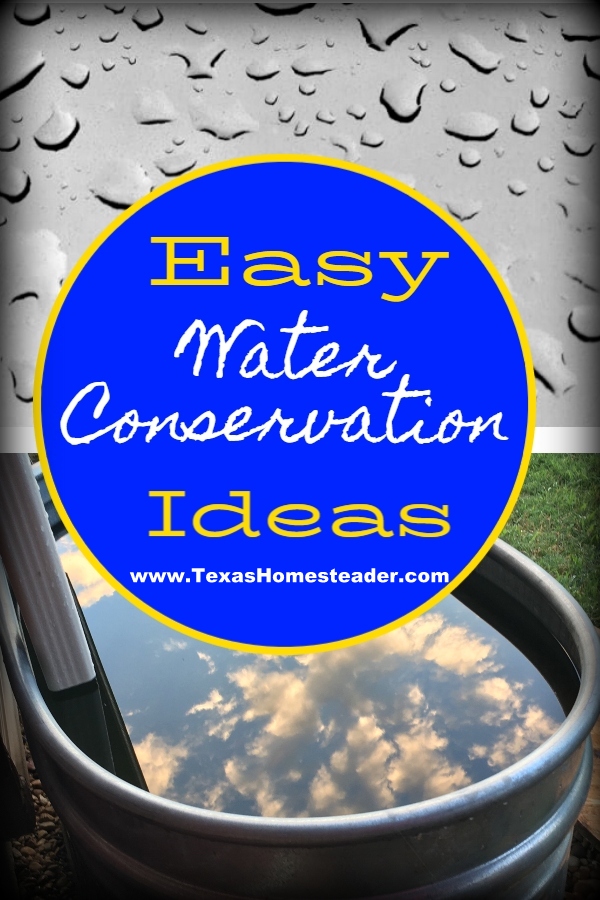
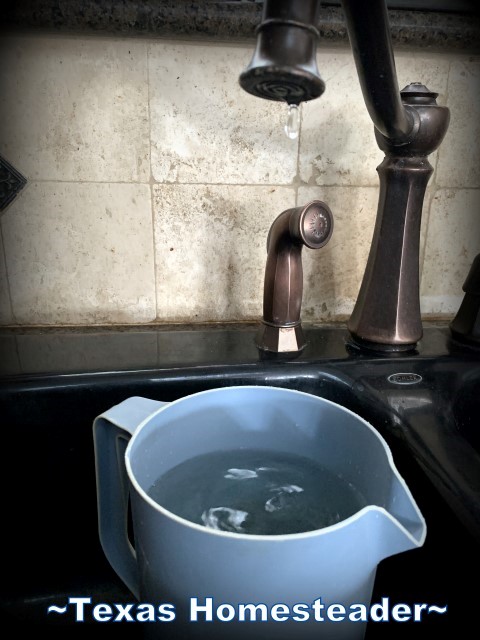
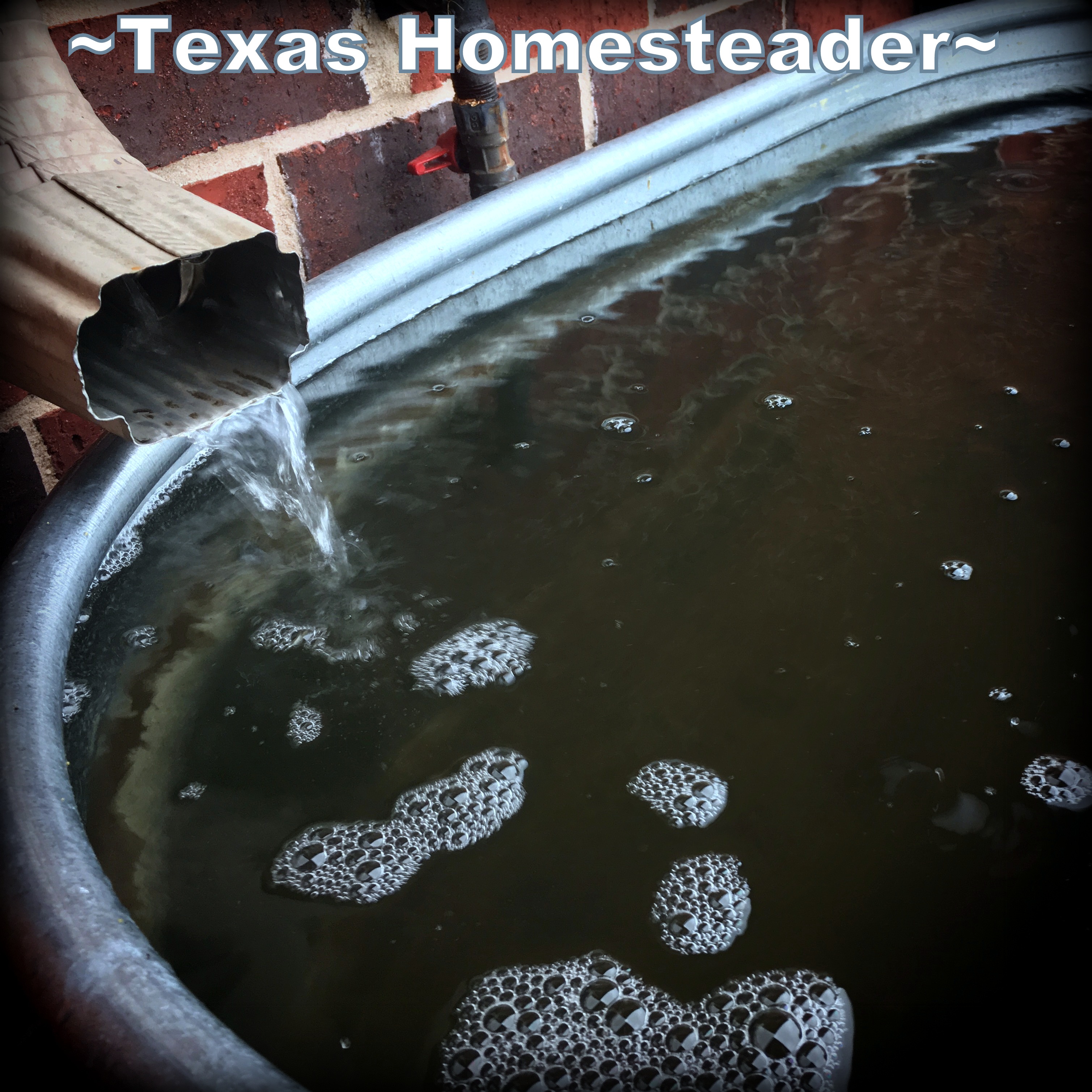
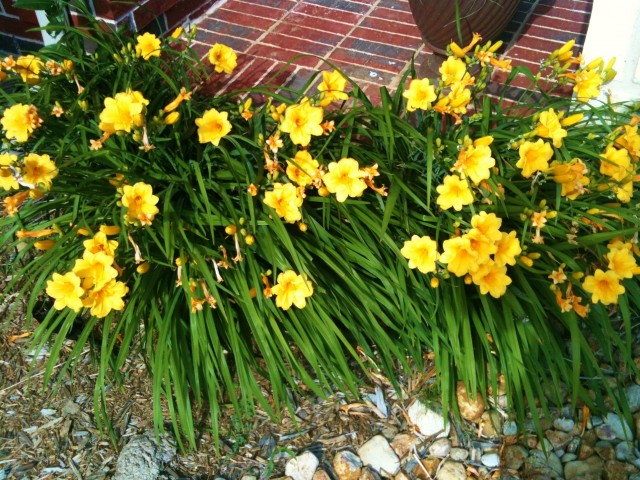
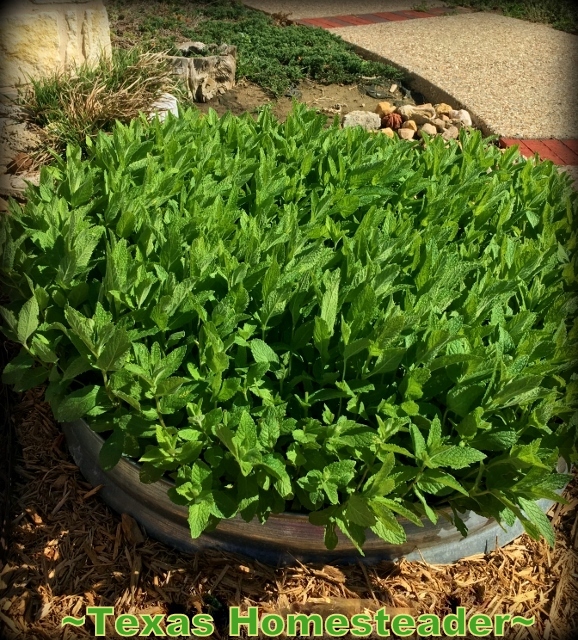
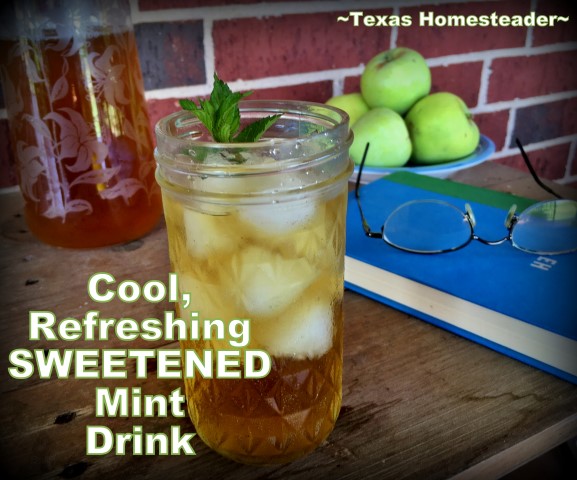

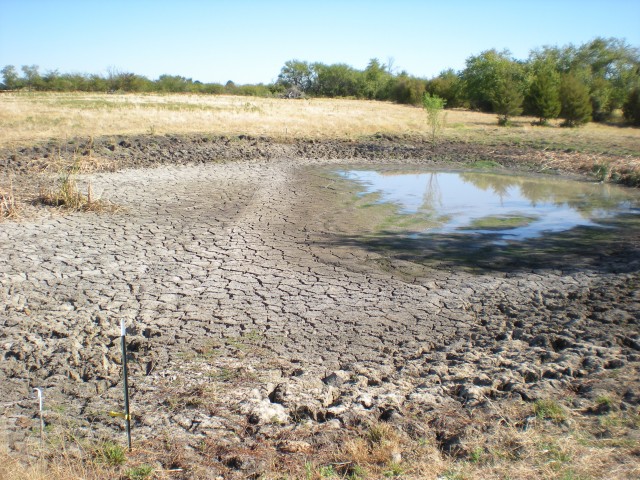
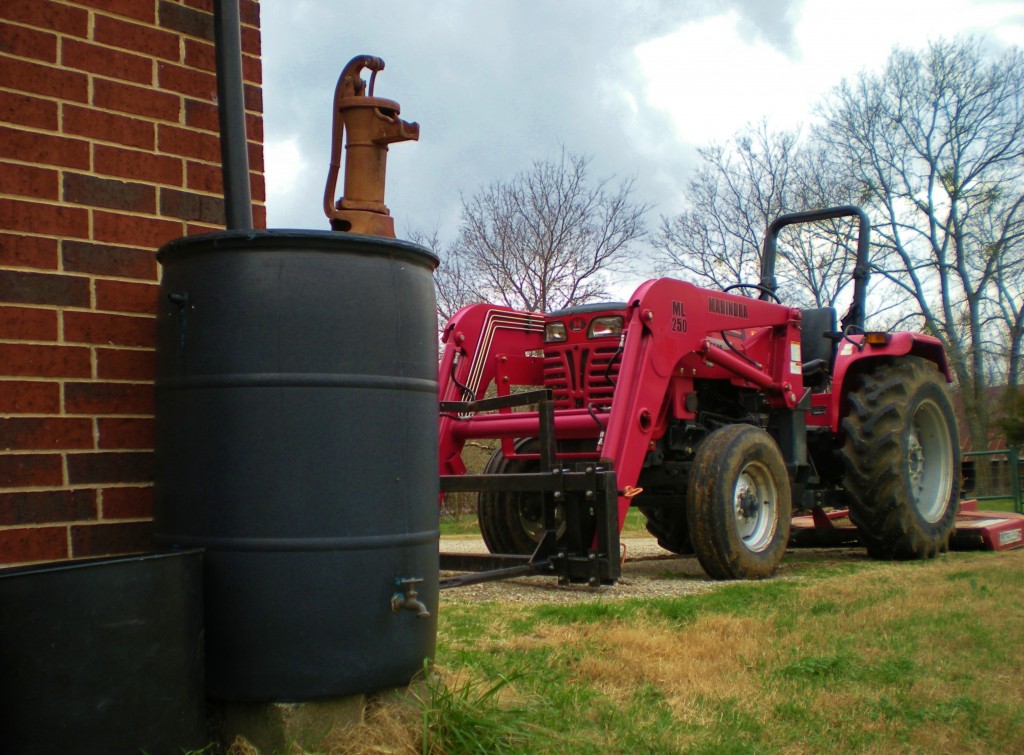
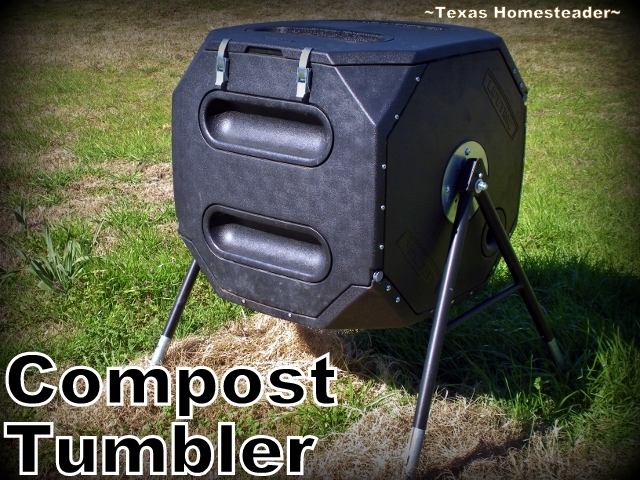
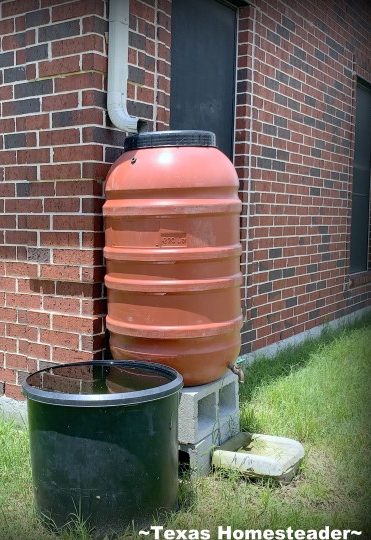
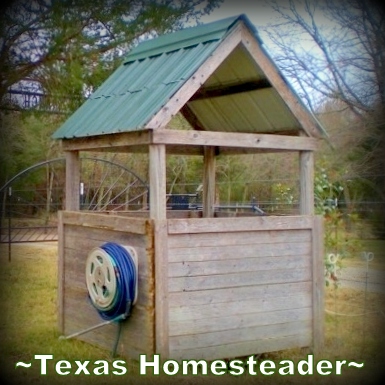
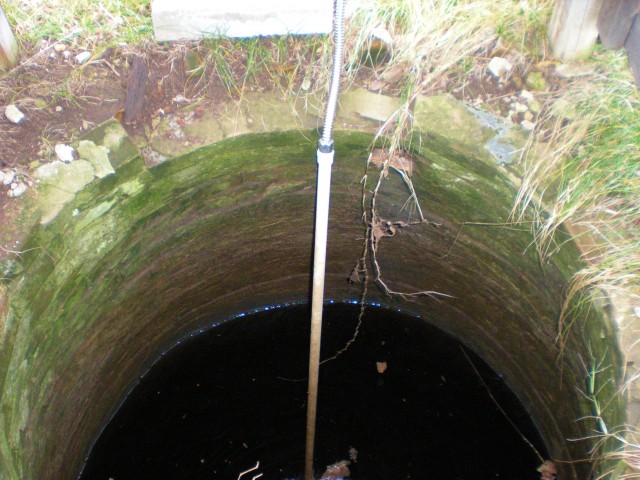
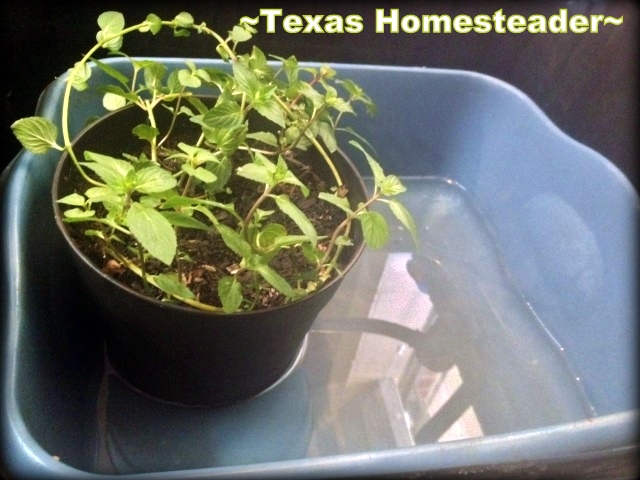


One of my goals for upcoming summer is to be more purposeful in watering my garden. Thanks for the inspiration!
Us too Michele. I try to make sure only rainwater (or gray water in some cases) goes for outside watering. During the heat of summertime I’ll put a tub in my kitchen sink to catch all the rinsing water so I can dump it onto my porch planters. I hate to use water that’s been purified and piped for miles to reach my house only to dump it on the ground. ~TxH~
Great post Tammy! We do similar things as well! Our rain water is collected from our barn roof that is located near our garden so that we have easy access to it. It is 1000 gallons so it provides plenty. We also have a cistern which we use to water the animals. We have a separate collection near the house which is caught off the roof and we use this water for our landscaping, herb garden, etc.
Thank you for sharing this at Strangers & Pilgrims on Earth! 🙂
Fortunately we live in a state (MI) that does not have laws against collecting rain water. When we approached this issue on our homestead I did a lot of research and found many wonderful above ground metal tanks on the market but they were quite pricy, $500.00 and up. As retired senior homesteaders on a fixed income I ended up buying four, food grade 275 gallon totes and hooking them up to our pole barn roof. The rain water runs off of our metal roof down into an eves trough and through a pipe into the totes. We then direct the water from the tote through a regular garden hose using gravity feed. This system has served us well; not only conserving rain water but saving money on electricity and wear and tear on our pump. We water newly planted shrubs, our vegetable garden and our landscaping this way. The past two seasons we have filled up our tanks 2 and 1/2 times with just rainwater. Our entire system of four, 275 gallon tanks and parts costs us less than $200.00 so it is a viable solution for many homesteaders. I
Interesting Donna – I’ll be sure to check that out. I’ve been thinking of getting some sort of rainwater collection systems down by the barn for those times we must separate animals from the herd for various reasons. ~TxH~
This is beyond awesome and I love the frame you built around your water storage. We’re getting ready to sell our farm but I’m thinking at the next place this would be a great addition right near the garden in addition to a pasture pond. Love this thanks for sharing!
Carole, when we built the frame around the cistern we repurposed the aged wood from a fence that was being torn down in our city neighborhood (that was before we moved out here) so the wood already had that aged-wood patina we loved, plus I loved that it was repurposing material destined to head to the landfill – and it was FREE. Win/win/win. ~TxH~
We just have a basic system set up. Dh installed a drain spot for our porch roof which always gets lots of water. We have a big old trash can located underneath.
Thanks for your comment Barb. I’ve found (thankfully) that rainwater collection containers don’t have to be fancy or expensive to provide lots of water. It’s surprising how much water you can collect with each little rain! We’re thinking of placing a large trash can under our feed shed roof to collect drinking water for the bottle calves that we hope to purchase in the next couple of weeks. It’s always such a pain to lug 5-gallon buckets to the baby pen to bring water to them, why not let mother nature do what she does best? ~TxH~
Thanks for sharing about water conservation. We live in northeast Ohio where water is not a problem, but still have two small rain barrels for watering our small garden and flower beds. We rarely use a hose outside now. Even though we don’t have water issues…it makes sense to use what is free and available. My neighbor who gardens, saw our rain barrels and has her own as well too. She loves hers now too. This is such an important issue and it’s great you’re raising awareness…thanks for the post!
Nancy – isn’t that great that your actions have influenced others with regard to your neighbor’s obtaining their own rain barrels? I use mine for 100% of our outdoor watering. I hate to think that water has to go through the system to be “purified” and then delivered via underground pipes, etc. to my house to be potable, just for me to throw on the ground. To me, rainwater is a more natural form of the previous resource that my garden needs without the other hands being in it. Thanks for posting! ~TxH~
What a great post and one to be mindful of this time of year….we recently had a ton of rain instead of snow 😉 of course…..We have made some water conservation efforts on our property but one major item we paid attention to was just trying to plant stuff that grows easily and with little water….the big exception to that rule is my love of tomatoes. However unlike you we don’t own a ranch and don’t have as much ground to cover I like that you all are making water conservation a huge priority and am so glad you linked up this week at “The Ole’ Saturday Homesteading Trading Post” blog hop to share your knowledge with us! Thanks and hope you join us again next week!
Thanks for your kind words Karen. I’m working on planting things that don’t require much water as well, although I haven’t really made much headway there yet. Last year I integrated “edible landscaping” into our front flower beds – SUCCESS! Carrots make a lovely border and spinach plants look great. I even had blueberry bushes in our front landscaping. Definitely planning on expanding that this year. Loved the opportunity to be included in this link-up! ~TxH~
Desiree – sounds like you’re very conservative with your water use – way to go! I’ve never worked a community garden but it sounds awesome. By the way, you’re gonna love your rain barrel, it’s so satisfying to water your plants with rain water that you’ve captured. 🙂 ~TxH~
That underground cistern is beautiful! We live in an apartment currently and use as little water as possible inside the home. I brush my teeth without water, this may sound strange but I only shower once a week and have an occasional bath for relaxation. In the summer when I’m outdoors a lot and get real sweaty I do clean myself up with a washcloth, no shower necessary. 🙂 We wear our clothes until they’re dirty and only do laundry when we’re running out of clothes to wear. Our dishes are washed by hand once a day. We actually collect rainwater in jugs and bowls occasionally, outside of our apartment. We also work on a local community garden and were just given one rain barrel to set up! I have no experience setting them up, but we know someone who does so we will figure it out and I’m so stoked about it!!!
Wow Claudia. Although I’m sure the state has their reasons “for the common good” for these rules, I can’t even wrap my brain around not being allowed to capture & use rainwater that has fallen directly on my own property. I’m not criticizing, I just don’t understand the reasoning. Thanks for your comment! ~TxH~
Colorado has very specific rules about harvesting rain water. These are the new, relaxed rules :
Senate Bill 09-080, which was passed and signed during the 2009 legislative session, allows limited collection and use of precipitation for Colorado landowners. The changes apply only to residential properties that are supplied by a well (or could qualify for a well permit). Landowners will complete a permit application, supplied by the Division of Water Resources, that will provide notice of their intent to collect precipitation and a description of how they intend to do it. To qualify for a permit, you must meet a minimum of the following criteria:
The property on which the collection takes place is residential property.
The landowner uses a well, or is legally entitled to a well for the water supply.
The well is permitted for domestic uses according to Section 37-92-602 or Section 37-90-105, C.R.S..
There is no water supply available in the area from a municipality or water district.
The rainwater is collected only from the roof.
The water is used only for those uses that are allowed by, and identified on, the well permit.
Thanks for weighing in Michelle. Every household has different areas of conservation to fit the needs of their family. When we lived in the city we were like you and allowed our lawn to go through its natural cycles of not being as vibrantly green in the heat of the Texas summer. We watered enough to keep it healthy but didn’t force it to be green like many of our neighbors. ~TxH~
We conserve in a small way, full loads laundry/dishwasher, etc. but are wanting to expand our vision on water conservation. Would love to get some new ideas from this post. We do have 5 gallon buckets that catch the rainwater from gutters, however want to expand with barrels and a water pump if necessary. Living in the heart of Texas the grass gets scorched and we refuse to have a plush lawn due to wasting water.
I too use rainwater that runs off the roof. However, I do not have a gutter system yet, so I miss a lot of the rainwater for that reason, up until the last two years. This system has worked well enough to fill many barrels and buckets of water runoff. However, the drought has put a hurt on this system will definitely have to improve it for next year. And I would really love to have a cistern like you have.
At the present time we are conserving in a small way. We recently bought barrels to catch rainwater for our gardens. I look forward to reading what some of your followers are doing.
That’s great Patricia, your rain barrels should help a surprising amount (based on our experience.) Everyone has different conservation methods that work best for them. Thanks for sharing! ~TxH~
Water conservation is expected to account for 24% of new supplies in 2060, according to the most recent State Water Plan. For that to happen, everyone must get involved. Homeowners need to water less, power plants need to use less water, pipes and other infrastructure need to be fixed or replaced so that they don’t leak millions or billions of gallons every year, and farmers need to continue their downward trend of water use by using water efficient technology.
The best way to get people to use less water is education. We have partnered with the Texas Water Smart campaign, led by Agriculture Commissioner Todd Staples, to promote sensible lawn watering by residents statewide. Lots of water can be saved by doing some easy tuneups to your watering schedule, such as watering at night or early morning, don’t water sidewalks or the street, and don’t water during a rainstorm!
For rural landowners, water conservation can be important as well, not from a lawn watering standpoint, but managing their land for water. That means capturing as much rainfall on their property as they can by leaving enough plant material to allow infiltration of that water, which will also boost their plant production and be the last ranch to suffer from drought conditions.
It will take us all doing our part to ensure our state has enough water not just for 50 years, but as long as this earth is still here.